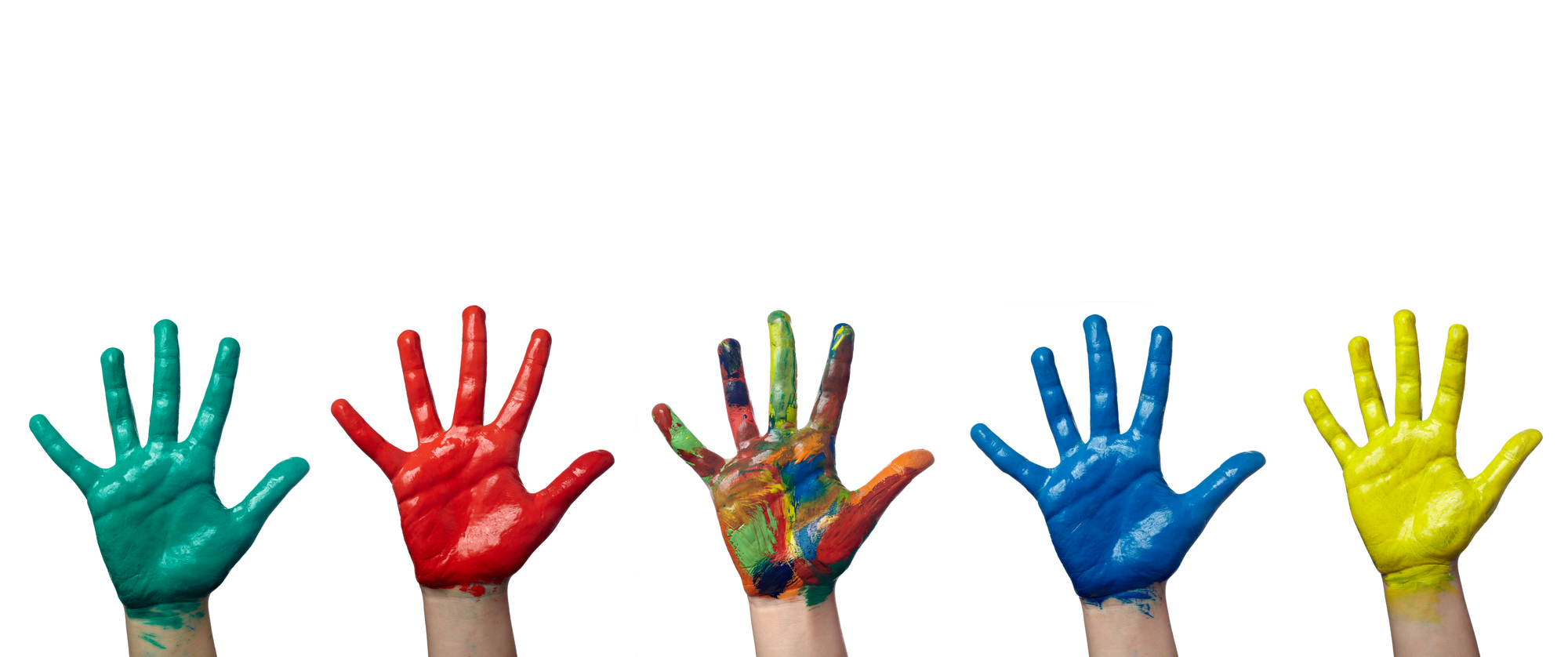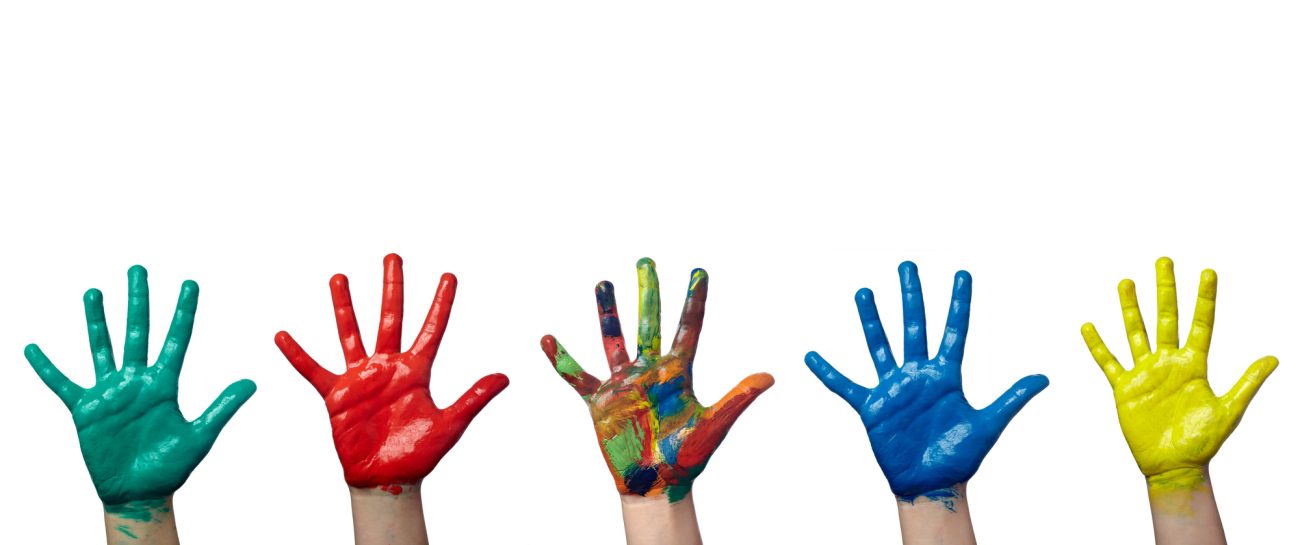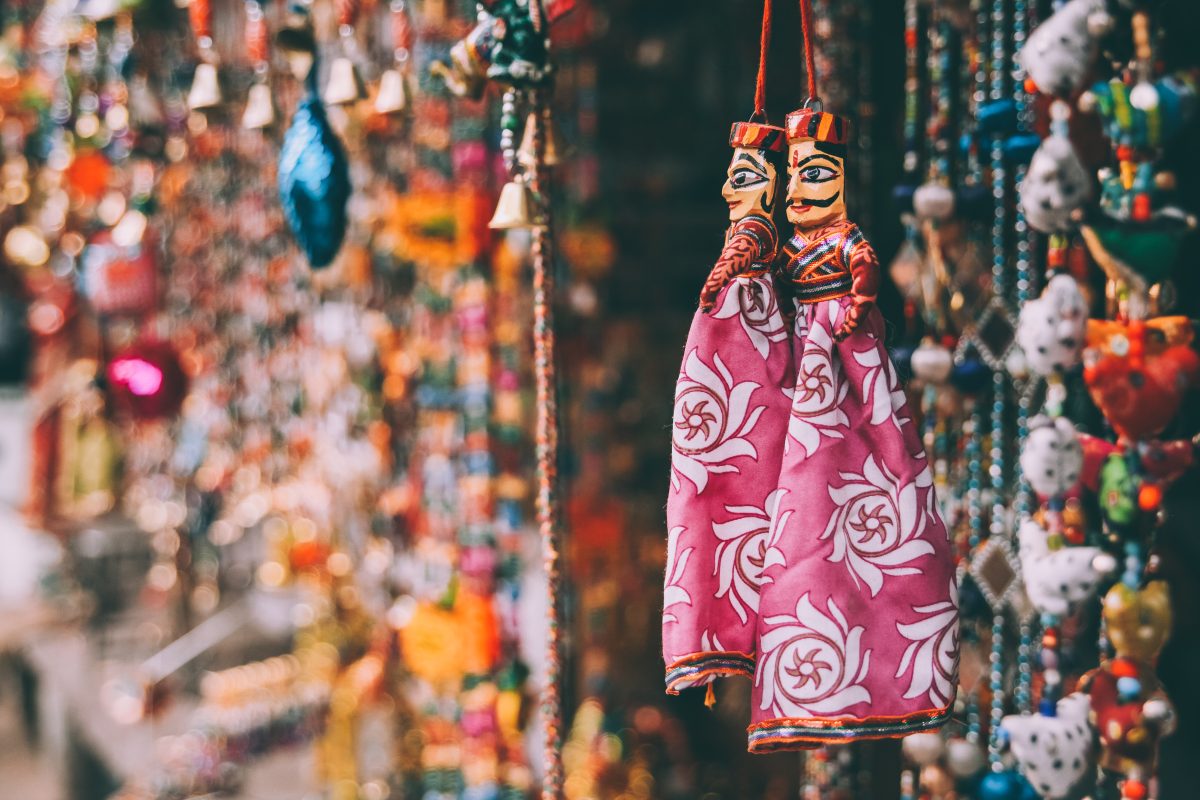Blog
MEXICO AND ITS MULTICULTURALITY


México, our beautiful county is a mix of cultures and traditions that have been here throughout time. We have 71 indigenous towns with their indigenous languages! According to the Cultural Information System (SIC, in Spanish), we must feel proud of them because every indigenous town offers us its culture and traditions, which are unique and make us a country with a big multiculturality, adorned with great beauty in terms of natural resources, traditions, and above all a great and delicious gastronomy, among other qualities that our beautiful and unique country has. Our primary goal is to give more attention to these towns and to the indigenous culture in general, through the handcrafts exposition, created based on the cultural traits of these towns. This way is that we want to promote a culture of respect, both for the individual rights of indigenous towns, as well as the rights they acquire as members of a community and part of the society, also another of our goals, no less important, is to modify territorial demarcation between communities and advantage the development of indigenous communities.

But what do we understand by indigenous community? Well, the word is used to refer to the basic social structure, of indigenous towns, also it is used as a synonym of “place” or “town”. In this way we can try and define community as the place where people make recreation actions and transformation actions for nature, where there is an underlying and acting relationship between human beings among themselves and of these with each and every one of the elements of nature.
Among the indigenous towns, 20 stand out for having a bigger population, being in ascending to descending order: Nahuas, Mayas, Zapotecas, Mixtecas, Otomíes, Totonacas, Tsotsiles, Tzeltales, Mazahuas, Mazatecos, Huastecos, Choles, Purépechas, Chinantecas, Mixes, Tlapanecos, Tarahumaras, Mayos, Zoques, and Chontales de Tabasco, among the most important. In Mexico the indigenous population is equivalent to 16,933,283 million people (till 2020). Being the two principal states where the most part concentrate are: Oaxaca and Chiapas. Also, as an informative fact, of the 71 indigenous languages that we have in the country, there are around 360 dialects derived from them. Being the most spoken indigenous tongue, the náhuatl, followed by the maya, mixteco, zapoteco, tzeltal, Tzotzil, and otomí. A situation not so flattering is that all the indigenous tongues are in danger of disappearance, mostly those groups and variants that currently have less speaking population. This because mostly the indigenous tongues are oral tradition and the reduced existence of written materials in their languages and the lack of standardized rules for their writing, impose difficulties to access education in their languages. This situation is also influenced by the type of settlement that has the majority of the indigenous population, being the majority, population of rural localities. With this, it will not be enough with the recognition of indigenous tongues, but in addition, it is extremely important to reinforce actions aimed at strengthening and preserving the English tongues and expanding translation services and availability of the information.
Because of this situation, plain recognition of the indigenous territories is required, which seems to be constituted as a necessary condition to the effective exercise of social rights, the conservation and development of cultural heritage and to maintain a space that guarantees its development based on its own decisions and all this with the purpose of prevailing the indigenous tongues and to maintain multiculturalism is our country.
